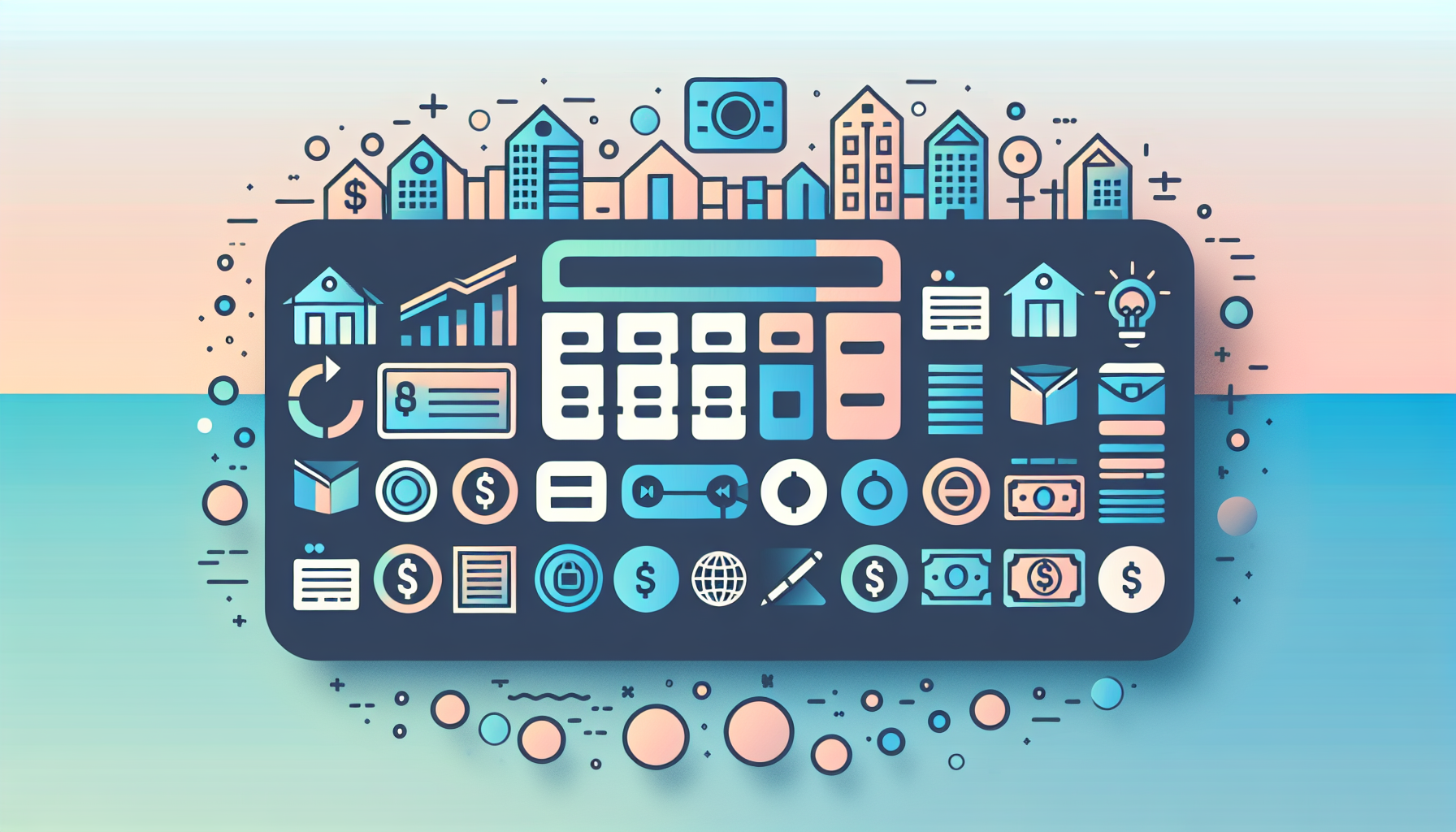Understanding Mortgage Pre-Approval

Navigating the Mortgage Pre-Approval Process: A Comprehensive Guide
When embarking on the journey to purchase a home, one of the most critical steps is obtaining a mortgage pre-approval. This process can seem daunting, but understanding its intricacies can significantly streamline your home buying experience. Here’s a detailed look at the mortgage pre-approval process, including the importance of credit scores, the necessary documents, and how it differs from pre-qualification.
Understanding Pre-Qualification vs. Pre-Approval
Before diving into the pre-approval process, it's essential to distinguish it from pre-qualification. While both terms are often used interchangeably, they represent different stages in the mortgage process.
- Mortgage Pre-Qualification: This is a preliminary step where a lender provides a rough estimate of how much you may be able to borrow based on the information you provide about your credit, income, and assets. It does not involve a thorough review of your financial documents and typically does not include a credit score verification. Some lenders may provide a pre-qualification letter, but it is not as binding as a pre-approval letter.
- Mortgage Pre-Approval: This is a more formal process that involves a detailed review of your financial information. Your lender will verify your income, assets, and debt, and pull your credit report. Upon approval, you will receive a pre-approval letter stating the maximum amount you are eligible to borrow. This letter is a powerful tool when making an offer on a home, as it demonstrates to sellers that you are a serious buyer with the financial means to complete the purchase.
The Importance of Credit Scores in Mortgage Pre-Approval
Credit scores play a crucial role in the mortgage pre-approval process. Here are some key points to consider:
- Minimum Credit Score Requirements: For many mortgage loans, especially those insured or guaranteed by federal government agencies like FHA, VA, and RD, the minimum representative credit score is 620. However, some loan types, such as ARMs (Adjustable Rate Mortgages), may require a higher credit score of 640.
- Credit Score Impact: A good credit score can significantly improve your chances of getting approved for a mortgage and securing a favorable interest rate. For example, borrowers with credit scores of 620 or higher are generally eligible for better loan terms compared to those with lower scores.
- Credit History: Beyond the credit score, your credit history is also scrutinized. Lenders look for a history of on-time payments and stable credit behavior. You can view your credit reports for free through services like AnnualCreditReport.com to ensure there are no errors or negative marks that could affect your pre-approval.
Gathering Necessary Documents
To initiate the pre-approval process, you will need to gather several key documents:
- Proof of Income: This includes pay stubs, W-2 forms, and tax returns. Lenders need to verify that you have a stable income to support your mortgage payments.
- Proof of Assets: Bank statements, investment accounts, and other financial assets are necessary to demonstrate your ability to make a down payment and cover closing costs.
- Proof of Employment: A verification of employment (VOE) may be required to confirm your job status and income stability.
- Credit Reports: Your lender will pull your credit report as part of the pre-approval process. It’s a good idea to check your credit report beforehand to ensure there are no surprises.
The Pre-Approval Process Step-by-Step
Here’s a detailed breakdown of what to expect during the mortgage pre-approval process:
- Initial Application: You will need to contact a lender and express your interest in getting pre-approved for a mortgage. You can do this through a bank, credit union, or online mortgage lender.
- Document Submission: Submit the necessary documents, including proof of income, assets, and employment. Your lender may also request additional information.
- Credit Check: The lender will pull your credit report to verify your credit score and history.
- Review and Verification: The lender will review and verify all the information you provided. This includes checking your employment status, income, and assets.
- Pre-Approval Letter: If approved, you will receive a pre-approval letter stating the maximum amount you are eligible to borrow and the interest rate you qualify for.
Benefits of Getting Pre-Approved
Getting pre-approved for a mortgage offers several benefits:
- Competitive Edge: In a competitive housing market, having a pre-approval letter can make your offer more attractive to sellers, as it shows you are financially ready to purchase the home.
- Budget Clarity: Pre-approval gives you a clear idea of how much you can afford, helping you narrow down your home search to properties within your budget.
- Faster Closing: Since much of the financial verification is done during the pre-approval process, the actual mortgage application and closing process can be faster and more streamlined.
Tools to Help You Navigate the Process
To make the mortgage pre-approval process easier, consider using tools like the WP Ultimate Loan & Mortgage Calculator. This plugin can help you estimate your mortgage payments, understand the impact of different interest rates, and even calculate the costs associated with closing.
Real-World Examples and Case Studies
Let's consider a real-world example to illustrate the importance of pre-approval:
- Case Study: John and Sarah are looking to purchase a home in a competitive market. They get pre-approved for a mortgage of $400,000 with an interest rate of 4%. When they find their dream home, they can make an offer with the pre-approval letter, which gives them an edge over other buyers. The seller is more confident in their ability to secure the loan, and the transaction proceeds smoothly.
Conclusion and Next Steps
Understanding the mortgage pre-approval process is crucial for any homebuyer. By knowing the difference between pre-qualification and pre-approval, the importance of credit scores, and the necessary documents, you can navigate this process with confidence.
If you are ready to start your home buying journey, consider reaching out to a lender or using online resources to get pre-approved. For more detailed guides and tools to help you along the way, visit our website at WP Ultimate Loan & Mortgage Calculator or Contact Us for personalized assistance.
Remember, getting pre-approved is just the first step. Once you have your pre-approval letter, you can start house shopping with the confidence that you are financially prepared to make an offer on your dream home.











